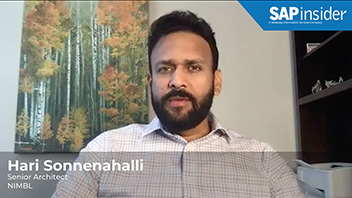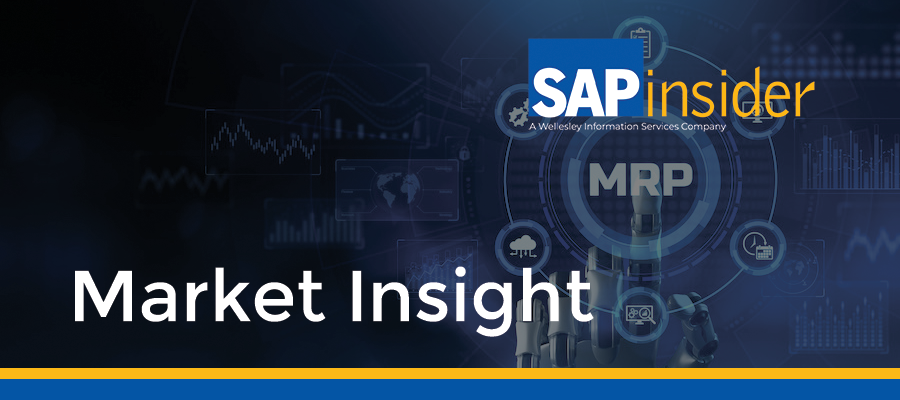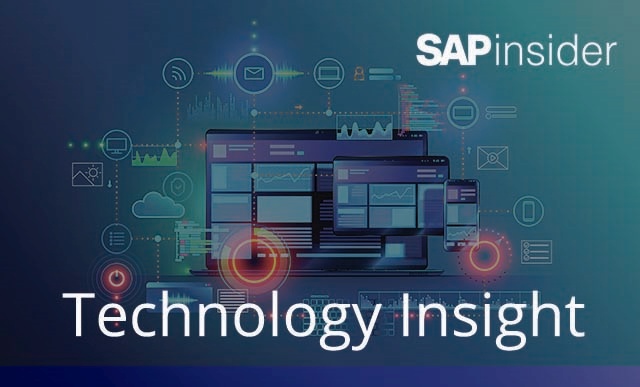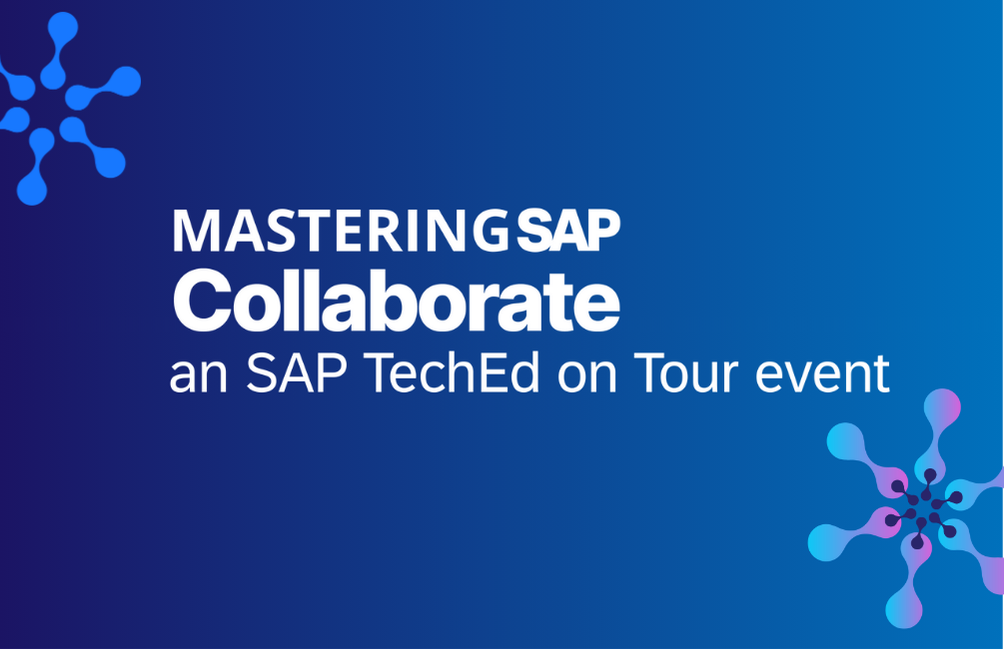Unlocking Big Data at SAP TechEd
Bjorn Goerke, SAP Chief Technology Officer and President, SAP Cloud Platform, opened SAP TechEd with a Star Trek-themed keynote where he explained that SAP’s mission is to help the enterprise unlock the door to digital transformation. In the hundreds of strategy talks, innovation talks, roadmap sessions, networking sessions, and workshops that followed over the course of the first two days of the annual US-based developers’ conference Tuesday and Wednesday, attendees were provided the tools to begin the journey.
And ample opportunity exists to use those tools to innovate and become a competitive differentiator. As Mala Anand, President of SAP Leonardo, Data & Analytics explained at a strategy talk on reinventing the business with SAP Leonardo, just 5% of organizations today have fully optimized digital landscapes.
SAP Leonardo can help improve that percentage because it brings the differentiated capabilities of Internet of Things (IoT), machine learning, big data, artificial intelligence, and blockchain together in a business-centric “cycle of innovation.”
Explore related questions
Anand highlighted the Brazilian company Fibria Celulose, the world’s leading producer of bleached eucalyptus pulp, as a company using those differentiated capabilities to reinvent business processes. The company implemented SAP Predictive Analytics to turn 14 years of data into insights by using big data analytics to improve clone growth analysis and deliver operational gains.
Around the SAP TechEd campus, which consists of four floors of meeting space at the Venetian-Palazzo in Las Vegas, major topics of interest in addition to SAP Leonardo included SAP Data Hub, machine learning, and SAP Cloud Platform. Here are a few observations that stood out:
- In a session on experiencing the cloud difference with SAP S/4HANA, we heard Bert Laws, Product Manager, SAP Intelligent Enterprise, explain reasons behind a mind-shift toward the public cloud and that mass cloud adoption for mission-critical enterprise systems is not a question of “if” but “how.” Drivers for the digital core in the cloud with SAP S/4HANA include digital core architectures that allow for the simplification of master data and an elimination of aggregates; new user paradigms that stress role-based engagement; cloud value propositions to include scalability and time to value, and access to the aforementioned technology innovations such as machine learning and IoT with SAP Leonardo.
- Margaret Laffan, who is with the Business Development Group of Machine Learning, said that even as recently as last year she heard from many SAP customers who asked whether machine learning would ever “take off.” Now, she said, machine learning use cases and adoption are on a rapid growth curve. “It’s the future we’re mapping and tracking to,” she said, using a statistic from Gartner that showed by 2020 90% of organizations will have, like SAP CoPilot, some form of conversational user interface (UI) natural language processing capabilities. The reason for the recent uptick in machine learning for the enterprise is the combination of big data with deep-learning algorithms that put the vision of a fully autonomous enterprise in much greater focus. By 2020, she said, it will not be uncommon for an end-to-end AI environment driving core business processes and support functions, all highly personalized in the context of the business and end user.
- From Marc Hartz, a Product Manager for SAP Data Hub, we heard key details of the interaction between SAP Data Hub and SAP BW/4HANA, and how the interaction fills the “missing link” between big data and enterprise data. While it made practical sense for, say, IoT data not to flow directly into a traditional data warehouse, that created challenges for how to manage the resulting data silos. While a seemingly easy question, it proved a difficult one to answer, Hartz explained, and finding the right answer to the question was the main driver behind SAP working to develop SAP Data Hub to answer where and how data is stored and to define data-driven processes across the complex enterprise landscape. The solution, he said, logically bridges the enterprise world and big data world by unifying data silos by connecting enterprise systems with distributed data systems.
- Surya Kunju, SAP Analytics Cloud and Machine Learning Expert, explained that to date the biggest spend in big data projects has been human capital, a statistic SAP Predictive Analytics aims to change in its approach to solving big data challenges. Kunju detailed a few big data options with SAP Predictive Analytics that companies have, including “clean” or standalone Hadoop such as leveraging big data as a managed service in SAP Cloud Platform Big Data Services, or by leveraging SAP Vora.
This is just a snippet of interactions from Day 1 and Day 2 of SAP TechEd, which wraps up today with more content in store for attendees to interact with the five content themes of “Engage, Know, Run, Transform, and Unlock Big Data.” If for some reason an attendee comes away from a session with more questions than answers, the Show Floor Level Community Clubhouse offers a Next-Gen Club MeetUp program where thought leaders are sharing in small discussion groups on select topics that include AI, big data, IoT, SAP Cloud Platform, crowdsourcing, and exponential thinking.








